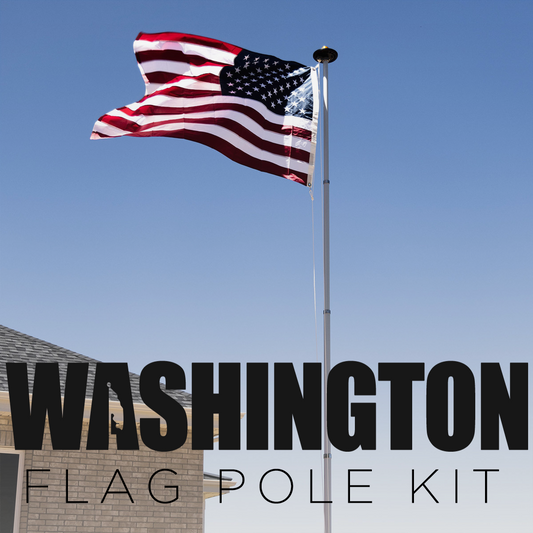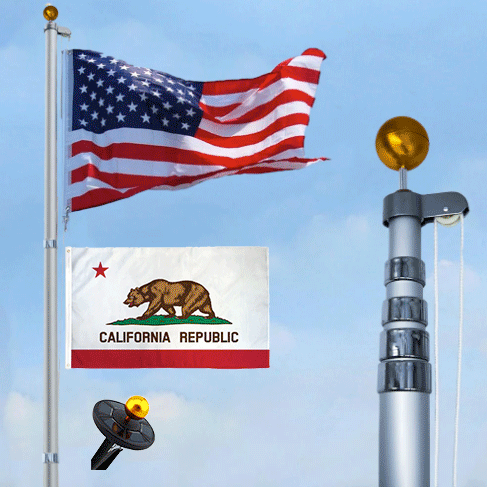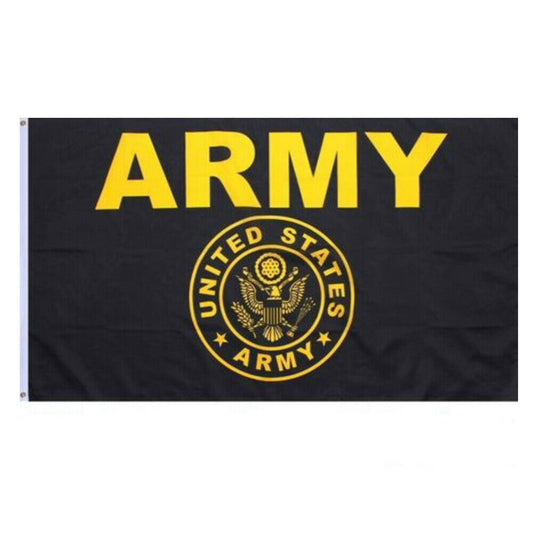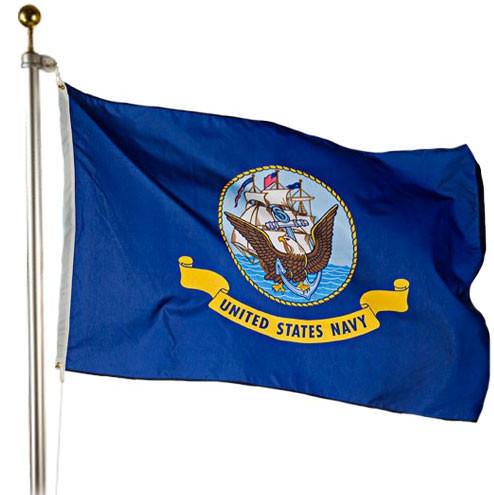
Founding of the U.S. Naval Academy
Early Naval Education Challenges
Before the U.S. Naval Academy was founded, naval officers were primarily trained at sea. This method of learning through experience had significant limitations. Officers depended heavily on their commanding officers, which led to inconsistencies in training. After the War of 1812, it became evident that the United States Navy needed more structured and formal education for its officers to compete with European powers like Britain and France.
George Bancroft, the Secretary of the Navy, recognized this growing need. He believed that establishing a formal institution for naval education was crucial for the future of the Navy and the nation. Bancroft's vision laid the foundation for the establishment of the U.S. Naval Academy.

The Founding of the U.S. Naval Academy
In 1845, Secretary of the Navy George Bancroft took action and established the Naval School at Fort Severn in Annapolis, Maryland, without needing congressional approval. On October 10, 1845, the school began operations with 50 students and seven professors. This institution marked the first formal step in naval education in the United States, providing midshipmen with a structured, four-year curriculum.
Within five years, the Naval School was renamed the U.S. Naval Academy in 1850, reflecting its growing reputation and importance. The curriculum was expanded to include not only seamanship but also subjects like mathematics, science, and engineering.
"The founding of the U.S. Naval Academy wasn’t just about creating skilled officers; it was about fostering honor, discipline, and service to the nation."
The Naval Academy During the Civil War
With the outbreak of the Civil War in 1861, the Academy was temporarily relocated to Newport, Rhode Island, as Maryland's status as a border state posed a risk to Annapolis. The Academy continued its essential mission of training officers during this tumultuous time, many of whom played pivotal roles in both the Union and Confederate Navies.
Despite the war, the Academy’s relocation demonstrated its resilience and importance in preparing officers even during a national crisis. After the war, the Naval Academy returned to Annapolis in 1865, and its role in shaping America's naval future was more secure than ever.
Modernization and Growth
The U.S. Naval Academy underwent significant modernization during the 20th century as naval warfare evolved. New technologies like steam power, submarines, and aircraft carriers required a more advanced education for officers. The Academy continuously updated its curriculum to keep pace with these changes, ensuring that midshipmen were prepared for the demands of modern warfare.
The Academy played a crucial role in training officers during major conflicts, including World War I, World War II, and the Cold War. Its graduates became leaders in shaping American military strategy and maintaining global peace.

Legacy and Patriotism
Today, the U.S. Naval Academy stands as a symbol of honor, courage, and commitment. It continues to prepare young men and women to lead the Navy and Marine Corps with integrity and patriotism. Beyond academics and military training, the Academy fosters a deep sense of service to the nation.
"The founding of the U.S. Naval Academy is a testament to America’s enduring commitment to educating future leaders who will safeguard the nation’s values and security."


















